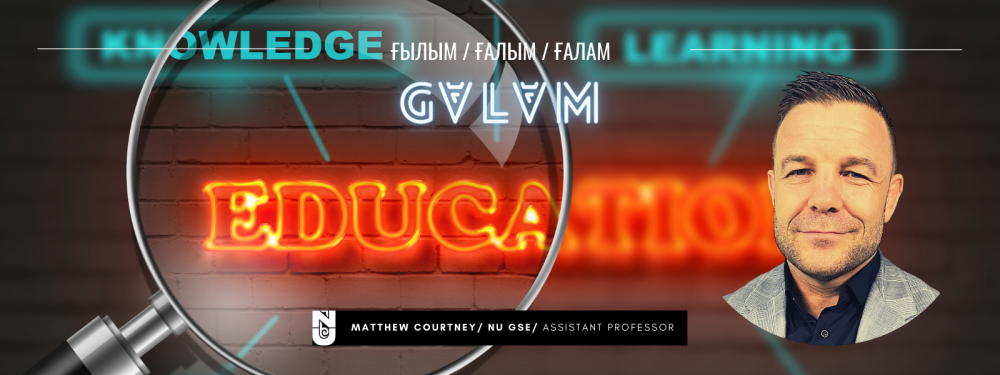Galym-Galam: Matthew Courtney, Assistant Professor of NU GSE
Our next ‘Galym-Galam’ rubric guest is Matthew Courtney, NU GSE Assistant Professor. Dr Courtney completed his PhD in Education from The University of Auckland in 2015. After completing his PhD, Dr Courtney worked at the University of Auckland and the University of Melbourne, where he contributed to multiple state, federal, and international projects which focused on student assessment and educational measurement. At Nazarbayev University, Dr Courtney leads the autopsych team to build open-source software architecture that supports student learning. In terms of teaching, Dr Courtney lectures masters and PhD students on topics related to educational assessment, quantitative research designs, and statistical programming in order to measure, track, model, and understand student learning.
Сan you please tell us about your current research project?
For our research project my team and I built a web application that takes the data from school tests and automatically produces reports that teachers, school assessment experts, and governments can use. The app takes test data, specifically, the spreadsheet of test outcomes for each student on each question (basically, the record of points that each student scores on each question).
The web app produces a report about the quality of the questions in the test and whether the test was appropriately difficult for the students, alongside various other insights.
The web app also gives feedback about what each student might be ready to learn next with some support.
What are your key research findings?
As part of our research we “tested” our app’s ability to handle small and big data. If the test data involved just 50 students and 40 questions, the app took under half a second to produce the report. When the data included test results for 10,000 students and 80 test questions, the app was also quite efficient and took under two minutes to produce the report. With test data from half a million students, the report took about 90 minutes to complete. Though it would take a little longer, we expect that our app would also handle data from up to two million students, equivalent to the number of students taking the US SAT tests per year.
Why did you choose to join NU?
Good question. My team and I have a keen interest in building publicly available software to advance knowledge and education in general. It gets a little technical but essentially my team and I did not build the software alone. We draw on the knowledge of a community of thousands of statistical programmers from around the globe to co-create and share software. My team and I wanted to share these “crowd-sourced” solutions with the public for the purpose of enhancing student learning and assessment in schools and educational institutions. With academic freedom enshrined at Nazarbayev University, I thought that this would be a good place to launch such a project.
What are your future plans?
We have plans to release new versions but, ultimately, we hope that the software becomes the basis for new developments and innovations.


